Catch up with the first, second and third instalment of Louise Nicholson’s cultural road-trip, taking in Chicago’s top museums, here, here, and here.
The rural road west from Cleveland joins the highway at Toledo and an hour later reaches Detroit in Michigan state, the final stop on my brief road trip. The city stands on the short Detroit River which connects Lake Erie to little Lake St Clair and, surprisingly, looks south to Canada. One can drive through the river tunnel beside the monstrous General Motors building downtown, emerge to be greeted by French-speaking customs personnel, and enjoy a riverside promenade and a fine dinner in the quiet town of Windsor, Canada.
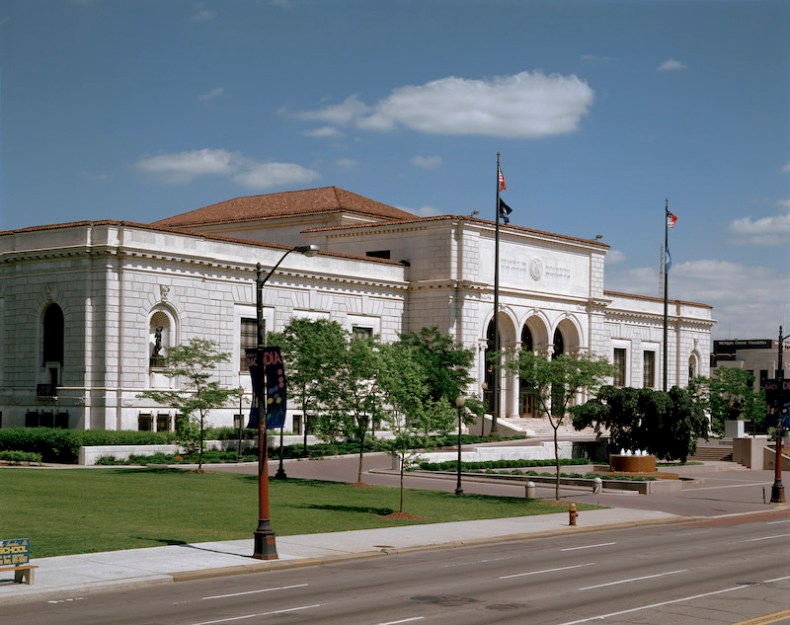
The Detroit Institute of Arts
The contrast is all the more incongruous when one imagines Detroit, ‘Motor City’, at its height. As the city’s rise began, Henry Ford reorganised his company in 1902 and named it Cadillac after the city’s French adventurer founder, Antoine de la Mothe Cadillac; its first Cadillac car was almost identical to the 1903 Ford Model A. The automobile industry determined the city’s growth and, thanks to motor millionaire industrialists, Detroit Institute of Arts (DIA) mirrors its rise. Founded in 1885, the collection grew quickly and, in 1927, star Philadelphia architect Paul Cret designed its new Beaux-Arts building, nicknamed ‘the temple of art’.
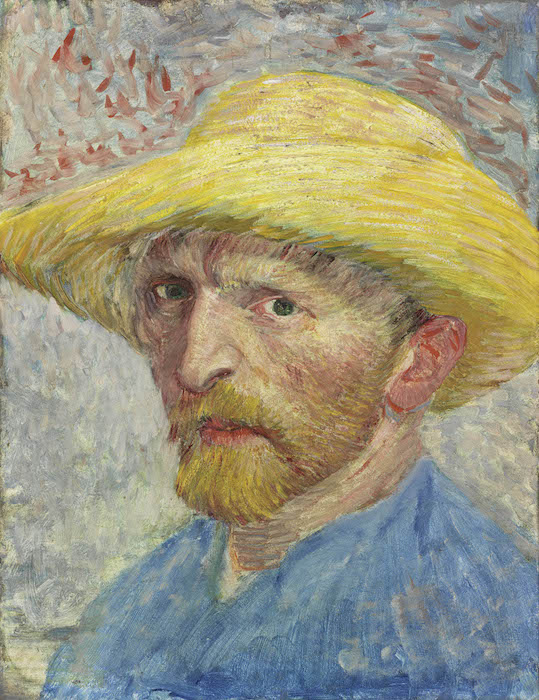
Self-Portrait (1887), Vincent van Gogh. Detroit Institute of Arts
Just five years later William Valentiner from Berlin, the DIA’s progressive director (1924–45), supported by generous Detroit patrons, invited Mexican Marxist muralist Diego Rivera to coat the walls of an internal courtyard with his ‘Detroit Industry’ fresco cycle telling the story of the city’s manufacturing wealth and the questionable use of its labour force and of scientific progress. Achieved in just 11 months, from April 1932–March 1933, the murals are probably the best of their kind in the US. Valentiner also acquired Van Gogh’s Self-Portrait (1887), the first picture by the artist to enter a US museum – joining the country’s first Matisse acquired for a museum collection. The DIA would also go on to acquire quality Old Masters, including one of only two Bruegel the Elder pictures in the US, remarkable paintings by Fra Angelico, Rubens and Rembrandt, and a cutting-edge group of German Expressionist works.
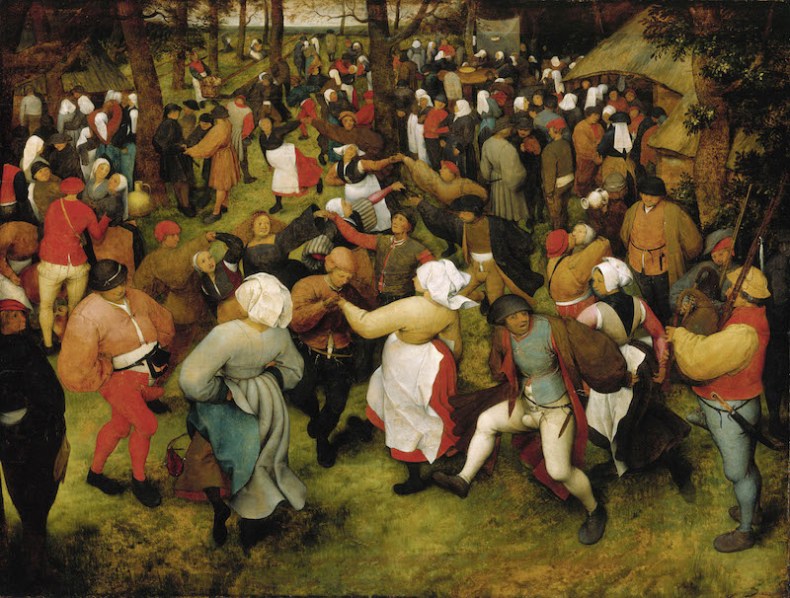
The Wedding Dance (c. 1556), Pieter Bruegel the Elder. Detroit Institute of Arts
By the 1950s and ’60s, Detroit was the country’s fourth largest city with a population of 1.8 million, and the city become known worldwide thanks to its homegrown Motown music. The DIA added new wings in the ’60s and ’70s, as its collection became larger and more encyclopaedic – Eleanor Ford gave the initial African collection. But when industrial restructuring led to mass job losses in the auto industry, Detroit’s population and its wealth plummeted; on 18 July 2013 Detroit filed the largest municipal bankruptcy in US history, only to exit bankruptcy 17 months later.
Already since around 2000, Detroit had been hauling itself up. It revitalised the riverfront of its downtown area, and renovated its historic yet distressed buildings, luring back those who had fled to the suburbs – to areas such as Cork Town which is now filled with new restaurants and bars. The long-established Pewabic pottery is thriving again. Exciting new art projects abound, such as Library Street Collective; Red Bull House of Art for artist residencies, housed in the US’s largest historic food market; and Z Lot, a multistorey car park whose walls are coated in murals by different artists, curated by the unstoppable Matthew Eaton.
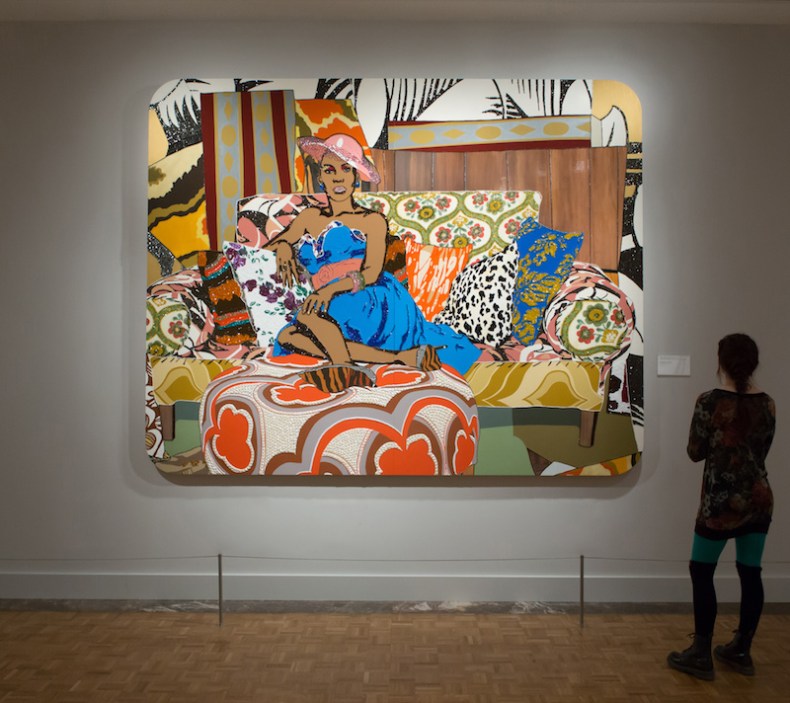
Looking at a work by Mikalene Thomas in the African American Art Gallery. Detroit Institute of Arts
DIA and its neighbouring public buildings are part of this almost tangible buzzy revival – vast bulldozers are currently working outside its front doors to lay three miles of public transport railway connecting downtown with its location in central midtown (the car industry had the trolley bus track torn up). In 2000, the museum established a new curatorial department – the General Motors Center for African American Art – to broaden the museum in that field: more than 80 per cent of Detroit citizens are African American. To bring in the local public, many of whom come from educationally deprived families, curators rethought their interpretation methods to make them more user friendly for these visitors; the museum is now one of the most successful in its use of social media to reach young adults. Salvador Salort-Pons, DIA’s dynamic director since 2015, sums up his two-fold aim for DIA: ‘We want it to become the town square for Detroit, where everybody meets, the point of reference for the city. And we have the power to reach out to restore communities in troubled districts. When we set up reproductions, people gather round to enjoy them, protect them.’
Unlimited access from just $16 every 3 months
Subscribe to get unlimited and exclusive access to the top art stories, interviews and exhibition reviews.

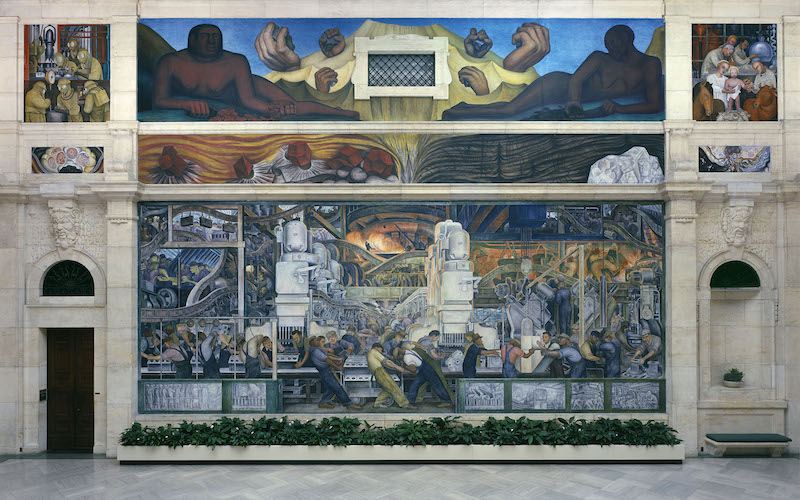
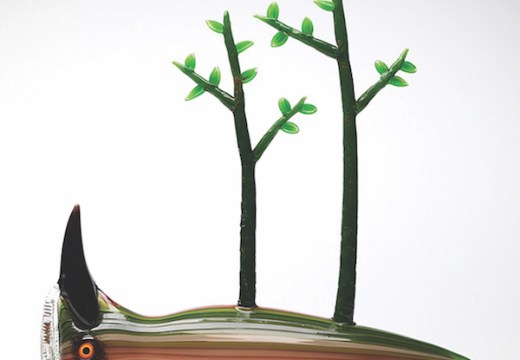
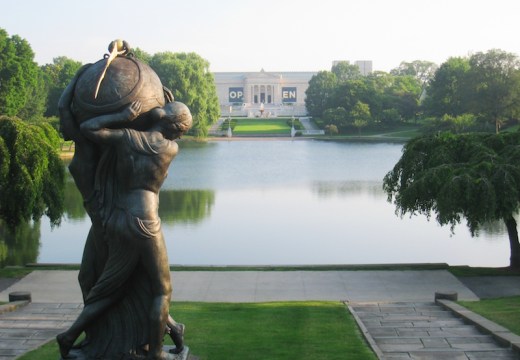
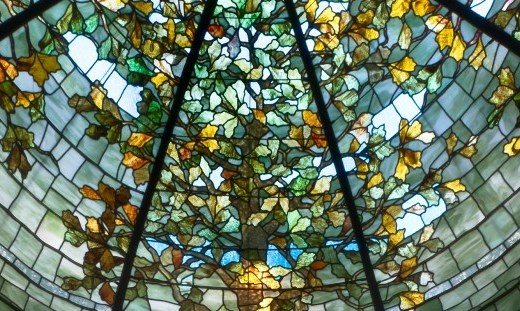









![Masterpiece [Re]discovery 2022. Photo: Ben Fisher Photography, courtesy of Masterpiece London](http://www.apollo-magazine.com/wp-content/uploads/2022/07/MPL2022_4263.jpg)
It’s time for the government of London to return to its rightful home